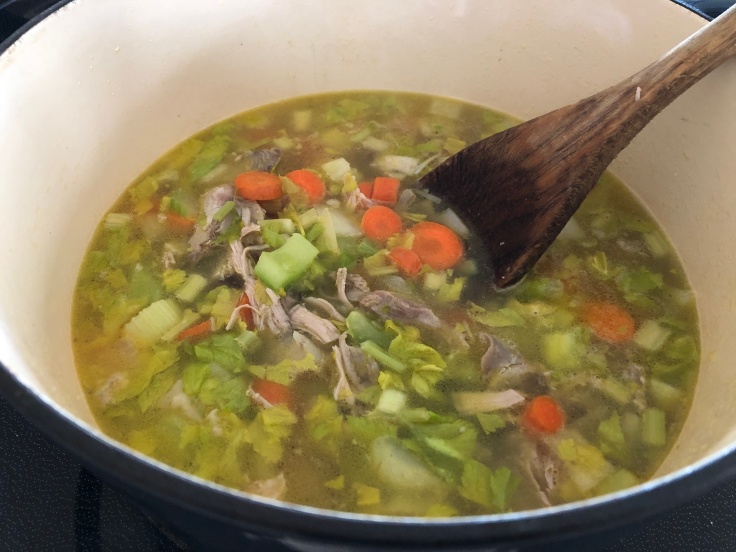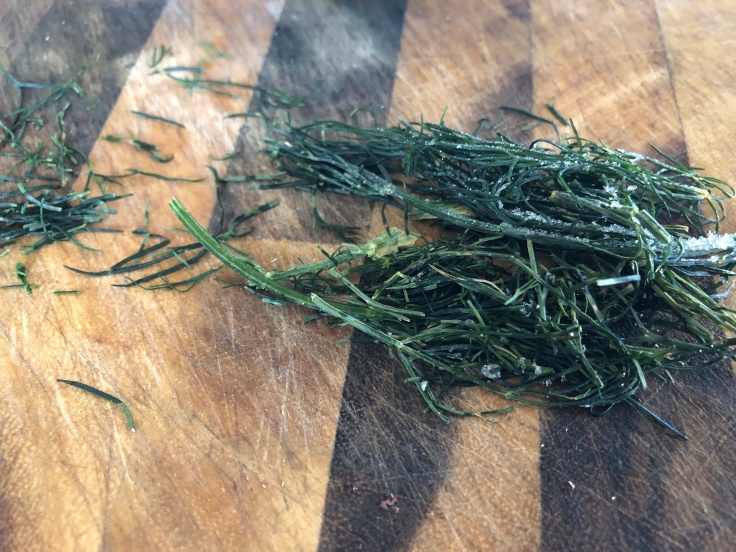
Soup Sunday at the farm is our way of sorting through the freezer and using up the home grown vegetables we harvested last season. If you took a look in your freezer right now, how far back in time do you have to go to recognize the food you saved? It’s easy to ignore what we don’t see. Sometimes a freezer can become a time capsule of good intentions. Don’t wait for a power failure or significant move to find the bottom of your freezer.
After all of the hard work and energy you put into growing, harvesting and preserving your own home grown food, the job is only half done if it doesn’t make it to the dinner table.
Spring Challenge ~ take some time to root through your freezer and create a rough inventory what you have available. Having an idea of the items in your freezer can help you plan meals for the week. If you have too much to use up yourself, now might be a good time to share with friends and neighbours. Everyone can do with a few less trips to the grocery store right now.
Using a soup pot, cook up a few chopped onions in coconut oil and then add the oldest vegetables in the fridge and freezer (4-5 cups chopped). When the vegetables are partially cooked, add precooked frozen leftovers from the freezer like turkey or roast (1 cup – easiest to cut when partially thawed). Stir on medium heat a few minutes then add 8-10 cups of water with seasoning to taste and simmer for the afternoon.
Less is More ~ Soup Sunday is an easy way to start using up the food you have saved. The goal is to rotate all of your preserved freezer food within a year. If you time it right, the freezer should be close to empty around June, then after a quick cleaning, you can start to restock. All of the food you grow should be used or shared. If there is way too much, you know you can downsize the garden next year. Sometimes it’s easier and more enjoyable to tend to a few small plants, than having too much to manage.
Soups, Smoothies & Sauces ~ As you harvest from the garden or pick berries, you will use as much as you can fresh. Summer is also a good time to pre-order local beef, chicken and pork. As you start to find you can not keep up to the amount of produce, start creating small packs for the freezer. Swiss chard, spinach and leafy greens (even lettuce) can be frozen in large bags. It will break into small pieces, but it’s easy to use all winter in soups, smoothies or sauces. Dill or other herbs not dried, can be harvested in large amounts and frozen. Small amounts can be added to recipes all winter and taste as if they had just been harvested. Carrots, peas, celery and other vegetables are blanched before freezing in pre-cut bits ready to use. After a long summer, when we get tired of processing tomatoes, we start to freeze them whole in bags. In the winter, we take a few out, run under hot water to remove the skin, then add to soups or stews.

Growers Tip: not all of the harvest needs to head to the freezer or canning shelf. If you can get an older NOT frost-free fridge to set up in the basement or garage, you can easily store fresh root vegetables like carrots and beets for most of the winter. The modern frost-free fridges work great for daily living, but for long term storage, too much moisture is being removed from the vegetables. Learn to harvest and preserve as the season evolves by visiting Heritage Farm

Leave a comment